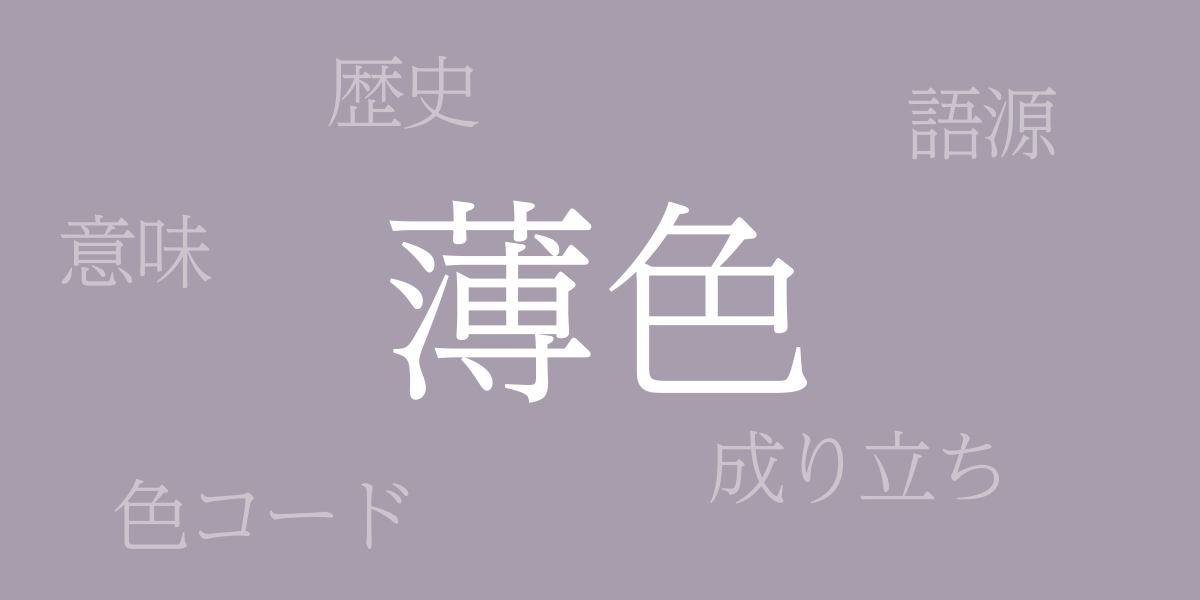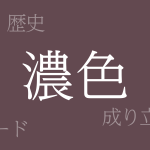Japan’s traditional colors are inspired by its rich natural surroundings and the changes of its four seasons. Among them, “Pale Color (うすいろ – Usuiro)” is characterized by its soft and light hue, which has been widely used in traditional Japanese clothing and crafts. This article explores the allure of Pale Color, delving into its history, modern applications, and also discussing color codes for digital design and its international naming.
About Pale Color (うすいろ – Usuiro)
Pale Color (うすいろ – Usuiro) is one of Japan’s traditional colors, known for its light shades. Influenced by Japan’s natural and cultural elements, it provides a soft and serene impression. The term ‘pale’ is prefixed to color names to indicate a lighter variation, such as ‘薄紅 – Pale Red,’ which refers to a color close to light pink, derived from a diluted deep red. These shades can be seen in Japanese paintings, kimonos, and ceramics.
The History of Pale Color
The use of Pale Color dates back to the Heian period, where colors were highly valued by the nobility who used combinations to express seasonal changes and emotions. Color names were often poetic, inspired by various aspects of nature. With the rise of commoner culture during the Edo period, enjoying colors became widespread, and Pale Colors were extensively utilized.
Pale Color Codes
To represent Pale Color in digital designs, accurate color codes are necessary. Below are typical color codes for a representative Pale Color:
- HEX: #A89DAC
- RGB: R:168 G:157 B:172
- CMYK: C:40 M:39 Y:24 K:0
The Western Name for Pale Color
The Western names for Pale Color can vary depending on how the color is represented in Western color systems. For example, ‘薄紅 – Light Red’ might be referred to as “Light Pink” or “Pale Red” in English. These names help facilitate a common understanding in international communications about colors.
Conclusion on Pale Color
Pale Color, with its soft hues, is deeply rooted in Japanese traditional culture. Loved throughout history and still valued in the worlds of modern design and fashion, understanding its color codes allows the beauty of Pale Color to be shared globally. We hope this article helps deepen your appreciation of the charm of Pale Color.

























